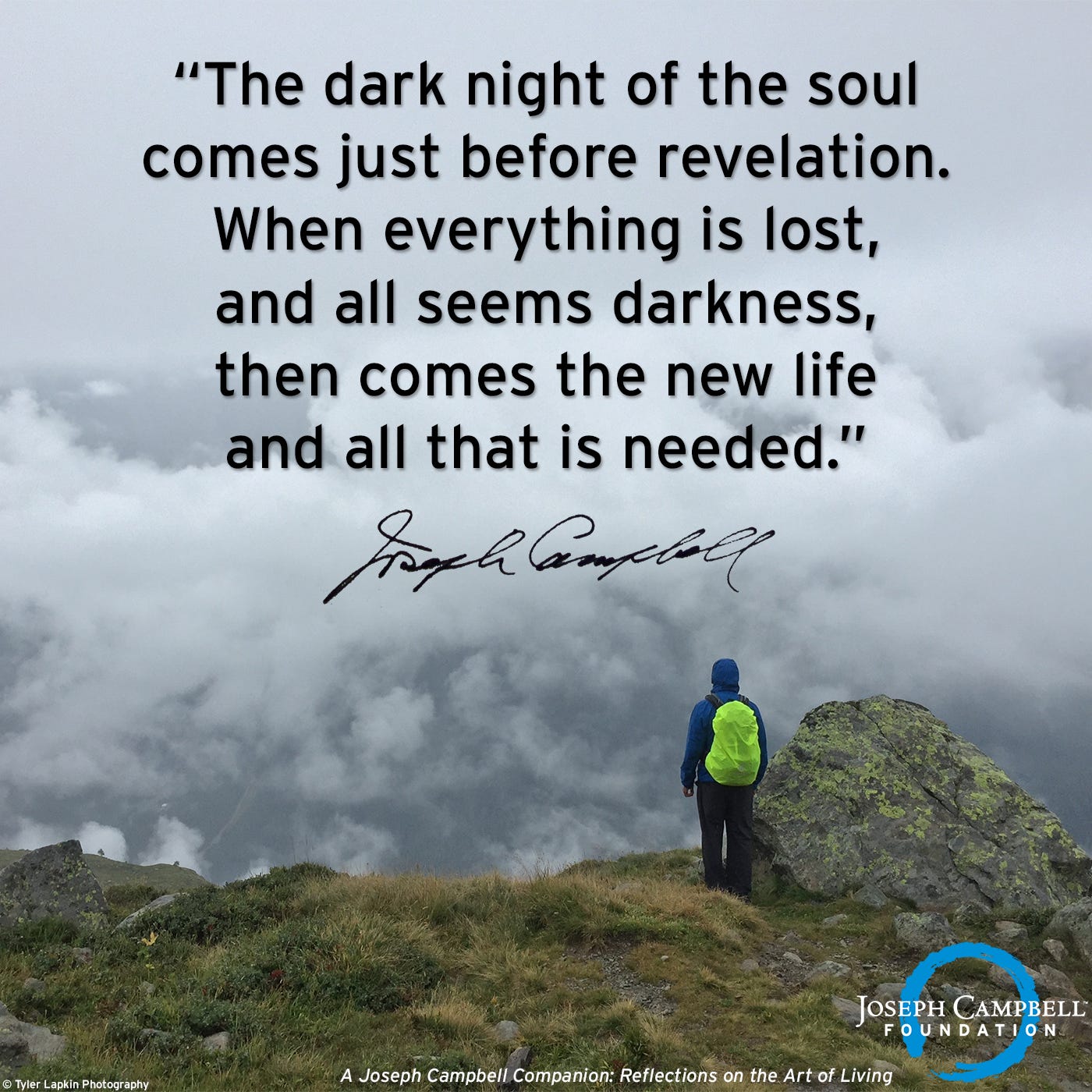豪们都爱意
前两天,顶级面料生产商Lanificio Fratelli Cerruti发布声明,宣布其第三代掌门人,有“意大利时装之父”美誉的Nino Cerruti离世,享年91岁。

Nino Cerruti Biella,年纪轻轻就继承了家族面料纺织厂,随后又创立了自己的第一家男装公司Hitman,设计出的第一件解构夹克在时尚界引起了轰动。







































































Joseph Campbell New York, 1904-1987) PBS interview with Bill Moyers, published posthumously as The Power of Myth (1988), was one of my foundational books growing up. As a tween in the early '90s, when moral upbringing was outsourced to Sunday school and the epilogues of Saturday morning cartoons, Campbell became a father figure to me. Embracing the mythical thinking that he championed, I grew up holding him both in reverence and with a natural disposition towards parricide.
At the root of this tension between Campbell’s philosophical aspirations and the personal disappointment that ensued, lies the concept of the Monomyth or Hero’s Journey, which is the basic framework that he lays out in The Hero with a Thousand Faces to structure mythology on a universal scale. In it, he posits that myths inherently follow a sequence of archetypal episodes, and that their spontaneous recurrence across discrete mythologies reveals an absolute truth that is essential to understanding ourselves and the world.
The iconic scheme above, though, is terribly misleading. While it connotes a storyline that loops back into its own origin, Campbell’s monomyth is as linear as can be. Adopting a classic, three-act theatrical structure —a beginning or “departure”, a central “initiation”, and a denouement or “return”—, each part is broken down into recurring subplots and leitmotifs that articulate the actions of the Protagonist-Hero as he journeys from his initial call to adventure to his triumphant return, which restores the world… except these episodes are not always there, don’t always follow the same order, and their themes can vary drastically.
Campbell explains, for instance, that the hero’s “initiation” can climax with a Sacred Marriage.
Or an Atonement of the Father Figure.
Or an Apotheosis.
Or a Theft of an Elixir.
At this point, one wonders what good is a universal structure when its components seem so circumstantial.
That said, my fundamental critique of Campbell’s monomyth is not its dubious absoluteness, but that the fundamental structure of myths is not linear, but cyclical. While Campbell would present the stories of Jesus, Prometheus, Gilgamesh and Luke Skywalker as fitting the same archetypal mold, I would counterargue that these myths have no single storyline to compare to in the first place. Jesus at the Cross corresponds to Prometheus at Caucasus, sure; but the analogy doesn’t stretch so as far as to cover Prometheus’ prior involvement in the Titanomachia, his duality with his brother Epimetheus, or his rescue by Heracles.
Campbell’s blind spot is the failure to acknowledge that myths aren’t units. The start and endpoints of myths are blurry at best, and they can be better understood as a concatenation of multiple, complex and highly unique stories that extend over several heroes, adventures and timelines, and can span uninterruptedly from cosmogenesis to apocatastasis.
Rather than pointing out the similarities between Heracles’ and Theseus’ labors in Greek mythology, I prefer to zoom out and analyze this whole body of Greek myths as a multi-generational chain reaction of events, together with the broader themes that tie them together. The castration of Uranus at the very beginning is directly linked to the birth of Achilles at the very end, in that they both relate to the theme of sons surpassing their fathers. Herein lies the more valuable structure underpinning mythology that I will develop for you in this Substack.
To do so, I’ll present an alternative mythological framework I candidly call the Deed/Deed Undone, wherein a foundational myth climaxing in a heroic Deed necessitates the existence of a sequel myth in which that Deed is Undone, which in turn, can bring about another sequel to counter the Undoing, and so forth. Thus, monsters are spawned solely to be slain, curses are placed only to be lifted, prophecies are avoided only to be fulfilled, swords are forged only to be broken, kingdoms are built only to collapse, sons castrate their fathers only to be castrated themselves by their sons. You get the gist.
This is, of course, a very broad brush stroke that doesn’t pretend to cover the whole canvas of mythology, but which can thread adjacent myths without the pretense of a shoehorned universality. It is the starting point of a general framework which I will break down in the next entry of Applied Mythology.
…and a Fun Fact. In case you missed it, the reference to Achilles’ birth and inter-generational succession is based on the prophecy that Thetis, his mother, would have a son that far surpassed his father. Zeus and Poseidon passed (for once!) and she ended up marrying Peleus, king of Phthia, a hero in his own right but whose prowess was in no way comparable to that of his son
・:*:・゚★